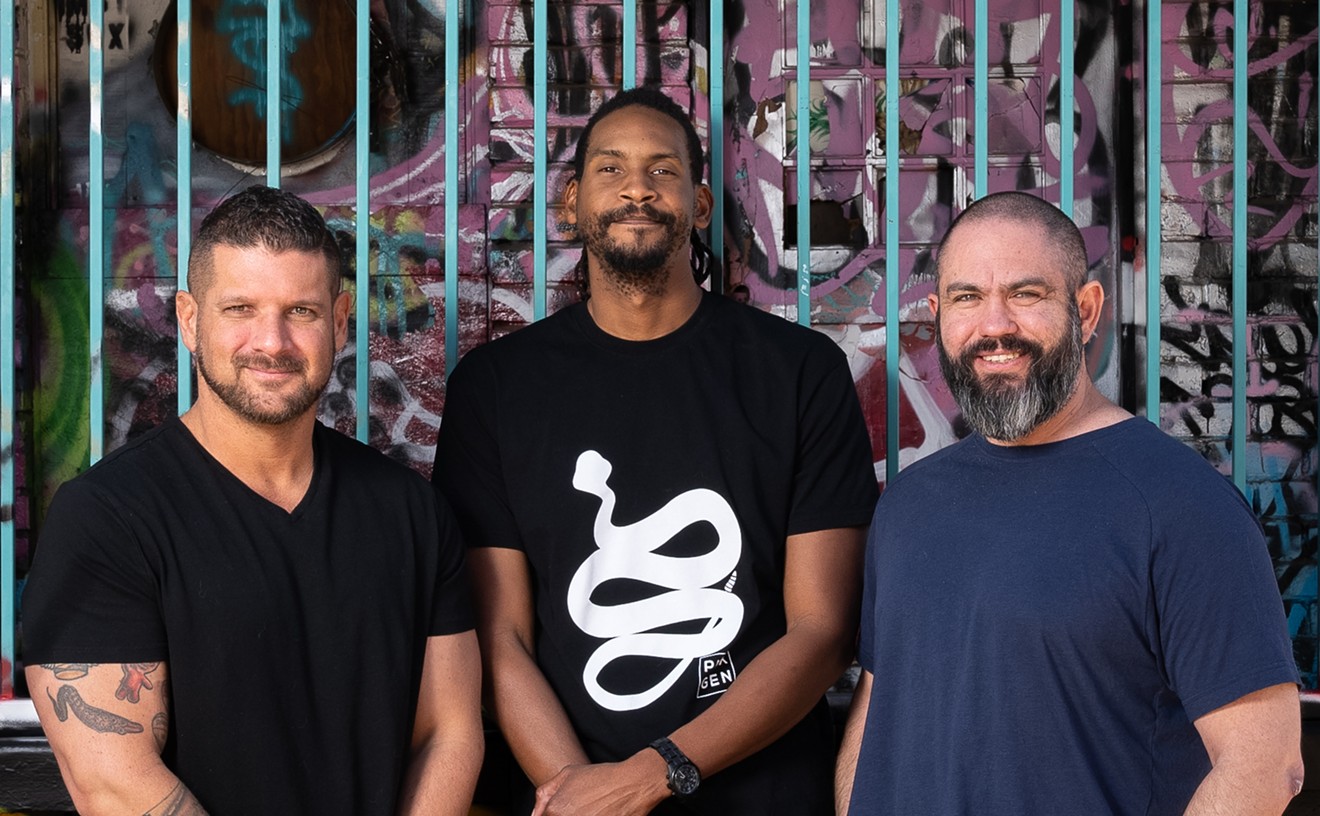The movie's central gimmick — and make no mistake, it's a gimmick — is that for large chunks of the running time, we see things as Schnabel imagines Bauby (played by Mathieu Amalric) saw them, from a fixed perspective and with many strange tricks of the light. Shot by the acclaimed Polish cinematographer (and frequent Steven Spielberg collaborator) Janusz Kaminski, Diving Bell is an ocular orgy of blurred images, flickering exposures, distorted wide angles, and extreme close-ups. In one especially you-are-there moment, we see the occlusion of Bauby's atrophied right eye from the inside out (an image Schnabel and Kaminski devised by applying two layers of latex to the camera lens and then sewing them together). And even when Schnabel drops the subjective p.o.v. or lapses into flashbacks from Bauby's pre-stroke life, he employs the same rampant overstylization. It's the most sensually assaulting movie in recent memory with the possible exception of Michael Bay's Transformers, and yet many of the same people who criticized Bay for his attention-deficient aesthetics are falling over each other to praise Schnabel. Why? Because instead of ransacking the storehouse of commercial advertising for his inspiration, he steals his visual tricks from more highfalutin sources: Fellini, Stan Brakhage, and the British filmmaker Stephen Dwoskin, who has made a series of movies chronicling his own battle with the debilitating effects of polio.
The Diving Bell and the Butterfly — the title comes from Bauby's metaphor for the disparity between his lifeless, imprisoned body and his active mind — is one of those movies that tends to get sold as "an inspiring testament to the power of human imagination," but what good is a movie about imagination in which the director does so much imagining for the audience that we can't get a thought in edgewise? When Bauby wrote about the waking dreams he would conjure up as a way to escape his hospital room, they seemed fanciful and light — gourmet dinners in four-star restaurants and imagined meetings with the empress wife of Napoleon III. But when Schnabel visualizes these fantasies onscreen in his strenuous, overstated way (Nijinsky grand-jetés down the hospital corridor), they're thuddingly literal.
Of course, Bauby's story is remarkable — only not just for the reasons that Schnabel and his screenwriter, Ronald Harwood, keep telling us. The movie focuses so narrowly on the idea of communication — on how Bauby, despite his condition, manages to re-establish contact with the outside world — that it's as if My Left Foot had never moved beyond its early scene of palsy-stricken author and painter Christy Brown picking up a piece of chalk between his toes and writing for the first time. But what made My Left Foot great was the sense that being confined to a wheelchair in no way ennobled Brown or diminished the messy tangle of his personal life. Much the same could be said of Bauby, a bon vivant who, at the time of his stroke, had recently separated from the mother of his three young children and moved in with another mistress. But the delicious idea of these two beauties continuing to vie for Bauby's affections, even in a semi-vegetative state — and while he was joined by a parade of heart-stoppingly gorgeous therapists and pathologists — is touched on by Schnabel and Harwood only fleetingly, chiefly during one extraordinary scene not in the book, in which Bauby must prevail on his former lover (the superb Emmanuelle Seigner) to "translate" for him during a telephone call to his current flame.
There are a handful of similarly affecting moments scattered throughout, including two scenes featuring Max von Sydow as Bauby's 92-year-old father. They work in a way the rest of the film doesn't because Schnabel (who himself has five children from two marriages and cared for his own nonagenarian father toward the end of his life) seems to be communing with his subject on a particularly personal level. Far too often, though, The Diving Bell and the Butterfly feels grotesquely calculated, especially the more Schnabel ratchets up the inspirational platitudes ("Hold fast to the human inside of you and you'll survive" is the advice of one of Bauby's visitors) of exactly the sort that Bauby — who maintained an acerbic sense of humor about his situation until the very end — would have despised.
The inelegant yet functional name of Bauby's rare condition was "locked-in syndrome," and here, too, there's a vastly more intriguing movie existing somewhere beneath the surface of a boilerplate Hollywood weepie. It's like a butterfly with lead for wings.










